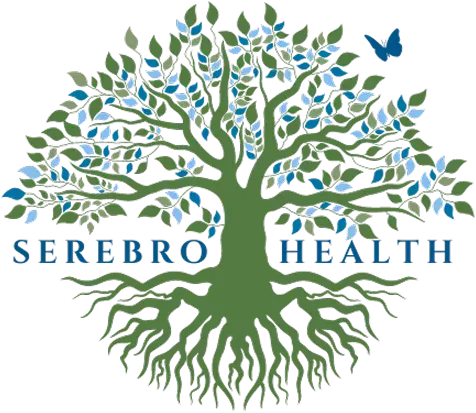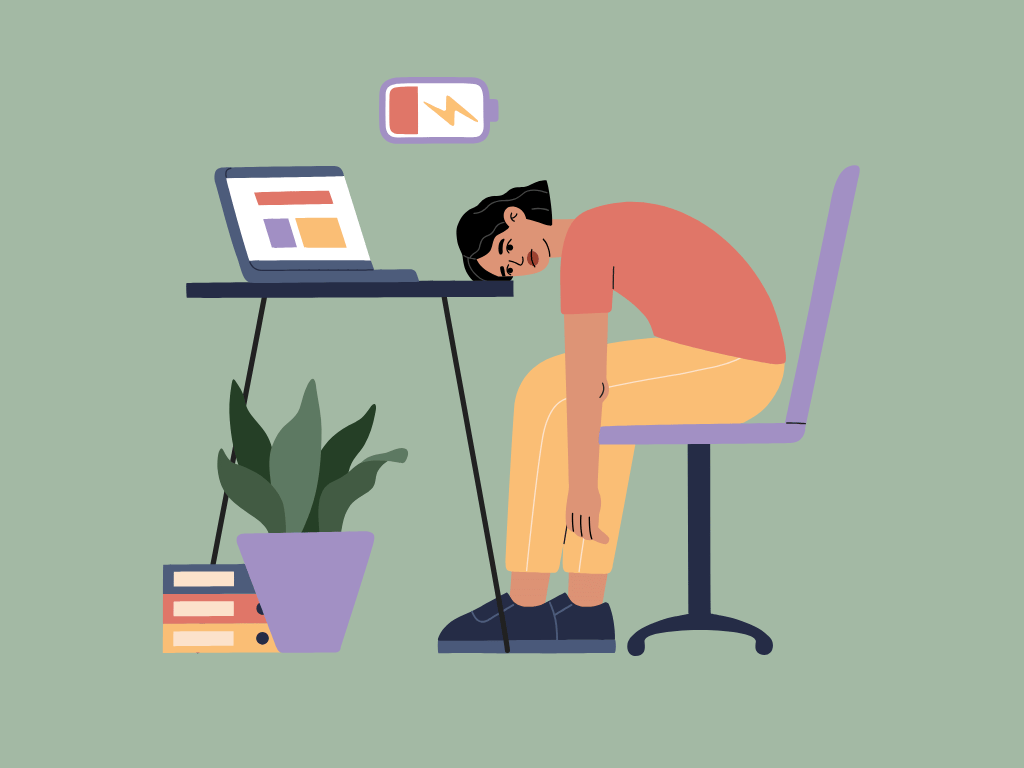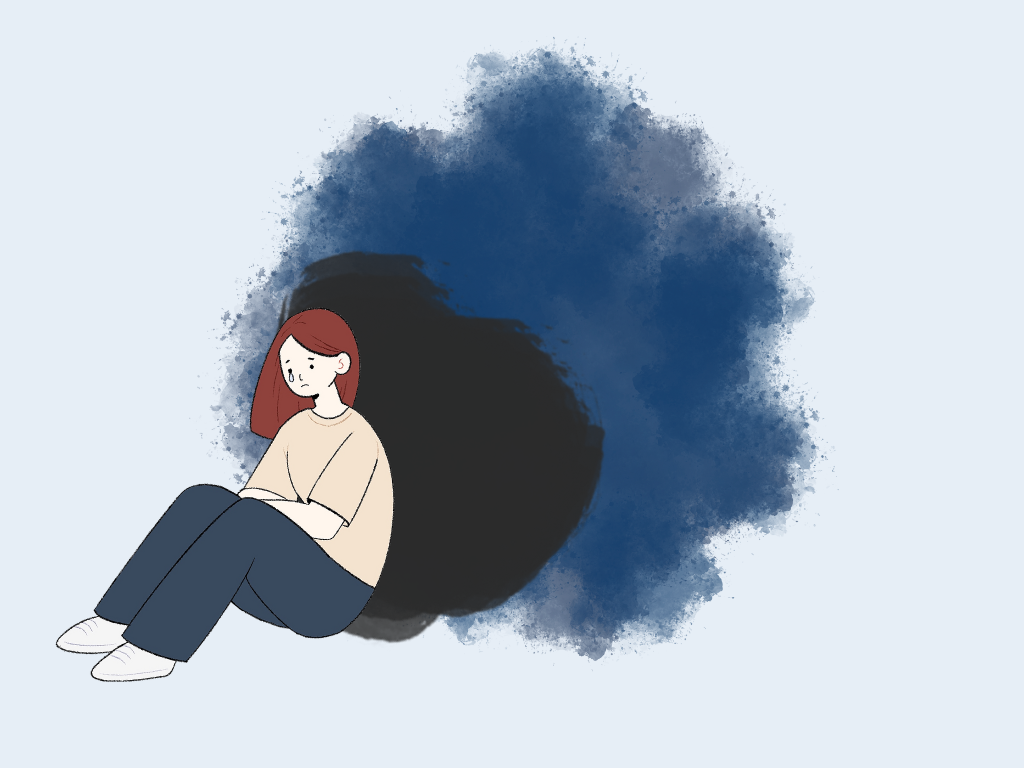How did we get here?
Burnout isn't just being tired or stressed. It's a slow burn that drains you emotionally, mentally, and physically when you're dealing with more than you can handle. While it often starts at work, it spills over into everything else; your relationships, your health, and your everyday life.
I witnessed the true impact of burnout when I was working in corporate human resources, and it didn’t just impact those around me, it took its toll on me too. I rationalized my constant stress as simply being "busy," masking it with late nights, working weekends, copious amounts of coffee and a lot of concealer. I thought that I was invincible early on in my career and that burnout wasn’t something that would affect me, however, after years of masking and a lot of self-blame for feeling like I couldn’t keep up, the signs were just too loud to ignore.
I started missing deadlines, rereading emails a million times, and basic tasks started feeling impossible. My social life tanked; coffee dates and texts went unanswered, and even going to the gym (which used to be my jam), fell by the wayside. Everything and everyone I loved got put on hold, and weekends became all about just trying to recover. I felt like I had stopped living and was just trying to get by. The more I pulled back, the more alone I felt, which made reaching out for help feel impossible. Eventually, I just hit a wall, and no amount of pushing or coffee could get me any further. That was my breaking point.
If any of this sounds familiar, know that you are not alone, and you are not failing, you are just overloaded, and while this this was my experience, burnout can also look like:
- Chronic stress with no reset: Lunch becomes an inbox and “I will rest after this project” quietly turns into every week. Your baseline shifts to hurried, tense, and ‘wired-but-tired’.
- Blurred boundaries: You answer “just one more” email in bed, keep Teams open on the couch, and mentally rehearse to-dos on your day off. Your body’s home, but your brain is still at work.
- Rising expectations: You feel guilty saying no, so you say yes, and live in what feels like permanent catch-up.
- High demand, low support: Tight deadlines, unclear roles, and little feedback. Wins go unnoticed, and you start thinking, “If I don’t hold it together, it’ll fall apart,” so you stop asking for help.
- Early warning signs: Headaches, irritability with people you care about; procrastinating on things you used to enjoy; “Sunday scaries” that show up on Saturday.
- Meaning drift. Work you once cared about feels flat. You’re doing more, caring less and you barely recognize that version of you.
Before you lose hope, I am here to tell you that I am on the other side of the Sunday scaries, and while I still have my moments, setting clear boundaries, asking for help and focusing on self-care helped me to pull me out of the dark.
What first helped me was naming the pattern, and taking the time to reflect on how I was truly feeling. So, let’s start by noticing which of these has been true lately for you:
Quick self-check (yes/no)
- I wake up tired most days
- I feel more irritable than usual
- I skip out on doing the things I used to enjoy
- I notice my mind feels foggy, even when I’m doing simple tasks
- I feel numb and disconnected
- I can tell my sleep is off, and I’m dealing with headaches or an unsettled stomach
- I notice work leaking into my nights and weekends.
If you’re nodding “yes” to 3 or more, that may be a sign to explore:
- Setting boundaries: Protect your time by creating clear work hours, taking breaks, and disconnecting after hours. Boundaries aren’t selfish, they allow you to show up with more energy and presence.
- Prioritizing self-care: Sleep, movement, and nourishing food are not luxuries, they are fuel for resilience. Even small, consistent habits can make a difference.
- Seeing support: This could mean leaning on trusted friends or family, connecting with colleagues who “get it,” or reaching out to a counsellor. Support provides perspective and helps you feel less alone.
- Reframing expectations: Challenge the belief that you must do it all. Sometimes “good enough” really is enough. Giving yourself permission to slow down creates space for healing.
- Tapping into organizational resources: Many workplaces now offer wellness programs, employee assistance plans, or flexible arrangements. Using these supports isn’t a sign of weakness, it’s a way to sustain yourself long-term.
- Supporting others: Burnout thrives in silence. Checking in with colleagues or loved ones, normalizing conversations about stress, and encouraging one another to take breaks helps build a culture of care.
Start small: try one or two of the steps above. This could look like setting a tiny boundary, and asking someone for help. Little, intentional shifts add up, and they can start working today. Remember…progress over perfection 🙂
References
Kotera, Y., Maxwell-Jones, R., Edwards, A. M., & Knutton, N. (2021). Burnout in professional psychotherapists: Relationships with self-compassion, work-life balance, and telepressure. International Journal of Environmental Research and Public Health, 18(10), 5308. https://doi.org/10.3390/ijerph18105308
Maslach, C., & Jackson, S. E. (1996). Burnout Self-Test (M. P. Leiter, Ed.). Consulting Psychologists Press. https://different.hr/wp-content/uploads/2020/05/Maslach-Burnout-Inventory-MBI.pdf
Maslach, C., & Leiter, M. P. (2016). Understanding the burnout experience: Recent research and its implications for psychiatry. World Psychiatry, 15(2), 103–111. https://doi.org/10.1002/wps.20311








